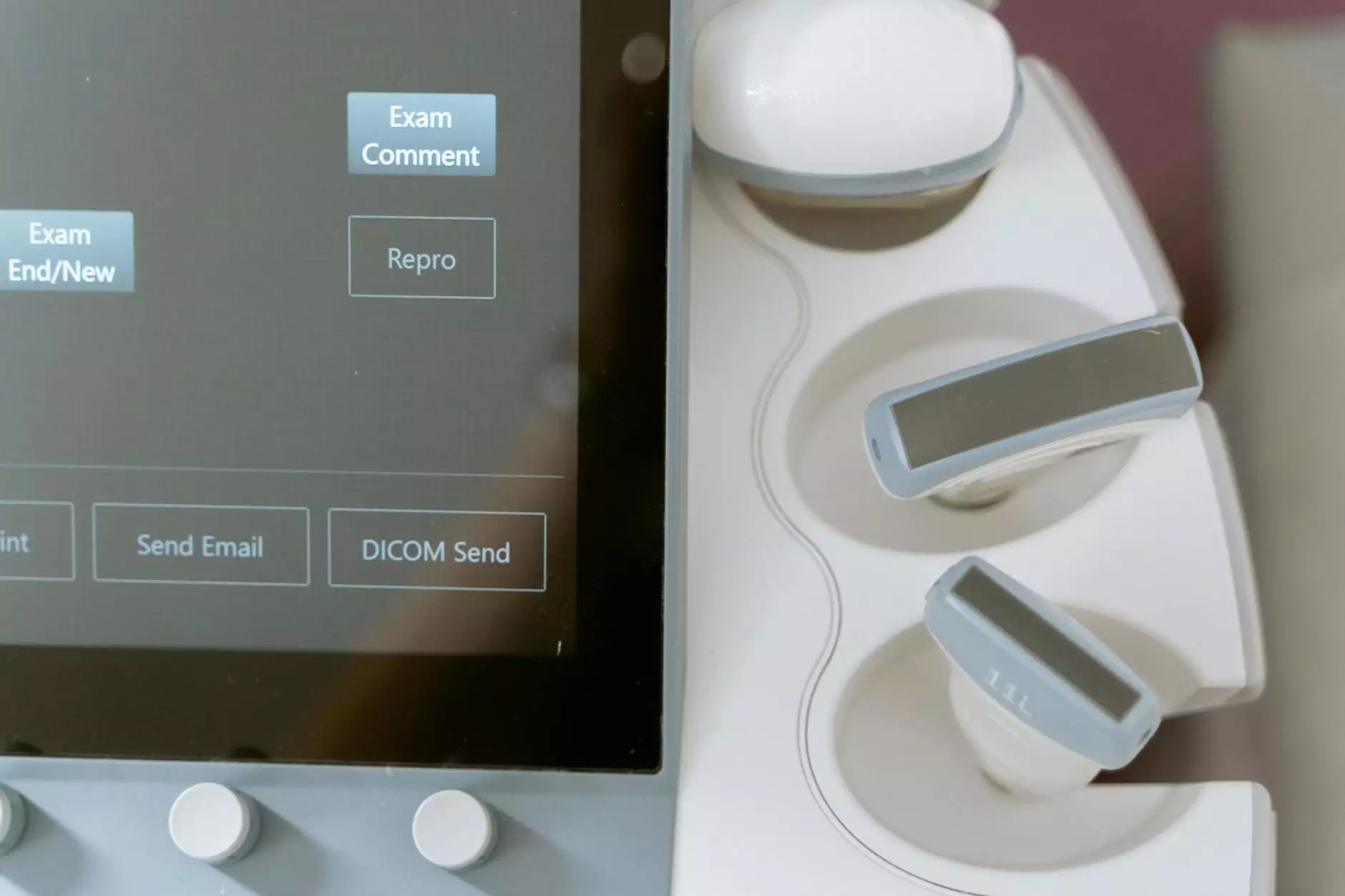Understanding CT Scans for Lung Cancer: An In-Depth Guide

Lung cancer is a major health issue that affects millions worldwide. With rising cases, early detection has become immensely crucial in improving patient survival rates. One of the vital tools in early detection is the CT scan for lung cancer. In this comprehensive article, we will explore the significance, procedure, benefits, and implications of CT scans in lung cancer diagnostics.
The Role of CT Scans in Lung Cancer Detection
Computed Tomography (CT) scans are a form of imaging that uses x-rays to create detailed pictures of the body's internal structures. When it comes to lung cancer, CT scans are pivotal for several reasons:
- High Resolution: CT scans provide high-resolution images, allowing for the identification of small tumors that might not be seen on standard chest X-rays.
- Three-Dimensional Imaging: The scanner takes multiple images from various angles, creating a 3-dimensional view that helps in assessing the size and shape of tumors accurately.
- Early Detection: CT scans are capable of detecting lung cancers at stages where they are still treatable.
- Guiding Treatment Decisions: They help oncologists determine the best treatment courses, whether surgical, radiation-based, or chemotherapy.
When is a CT Scan Recommended?
A CT scan for lung cancer is usually recommended under the following circumstances:
- Symptoms: Patients exhibiting persistent cough, unexplained weight loss, chest pain, or coughing up blood may be referred for further investigation.
- Risk Factors: Individuals with a history of smoking or exposure to lung carcinogens may undergo routine screenings.
- Family History: Those with a family history of lung cancer or genetic predispositions may also require regular CT scans.
The CT Scan Procedure: What to Expect
Understanding the CT scan procedure can alleviate anxiety associated with the process:
Preparation
Before the scan, you may need to:
- Avoid eating or drinking for a few hours if a contrast dye is to be used.
- Wear loose, comfortable clothing and remove any metallic objects, such as jewelry and glasses.
The Scanning Process
During the scan:
- You will lie on a table that slides into the CT scanner.
- The technician may provide instructions to hold your breath at certain stages to ensure clear images.
- The scan itself usually lasts less than 30 minutes.
Post-Scan Instructions
After the scan:
- You can resume normal activities immediately.
- If contrast dye was used, you may be advised to drink plenty of fluids to flush it out of your system.
Benefits of CT Scans for Lung Cancer
The benefits of utilizing a CT scan for lung cancer are extensive:
Precision in Diagnosis
CT scans allow for a precise diagnosis, ensuring that patients receive the most accurate treatment based on the tumor's stage and location.
Monitoring Treatment Efficacy
CT scans are also essential in monitoring the effectiveness of treatment. Regular scans can help doctors determine how well a patient is responding to therapy and whether adjustments need to be made.
Minimally Invasive
Compared to surgical methods of diagnosis, CT scans are non-invasive and involve no recovery time, providing a safer alternative to obtain crucial information on lung health.
Potential Risks of CT Scans
While CT scans are generally safe, they are not without risks. Here are some considerations:
- Radiation Exposure: CT scans expose patients to higher doses of radiation compared to standard X-rays. However, the benefits often outweigh the risks, especially in cases of suspected lung cancer.
- Contrast Reactions: Some patients may experience allergic reactions to contrast dyes used during the scan. Always inform your healthcare provider of any allergies.
Finding a Reputable Imaging Center
Choosing a facility that specializes in lung cancer diagnostics is vital. Here are some tips for finding a reputable imaging center:
- Accreditation: Ensure the center is accredited by relevant health authorities.
- Experienced Staff: Look for centers staffed with experienced radiologists who specialize in lung imaging.
- Modern Equipment: State-of-the-art CT scanners provide superior imaging capabilities for better diagnostics.
Conclusion
The importance of utilizing a CT scan for lung cancer cannot be overstated. Early and accurate diagnosis significantly enhances treatment success and patient outcomes. As part of a comprehensive health strategy, CT scans enable healthcare professionals to make informed decisions tailored to the individual needs of patients. If you or a loved one are at risk, consider discussing the possibility of a CT scan with your healthcare provider, as it could be a pivotal step in cancer diagnosis and treatment.
At Hello Physio, we understand the importance of early detection in improving the quality of life for patients. Our specialists are dedicated to providing advanced health and medical services, including physical therapy and sports medicine supports, to assist in the holistic management of health.



